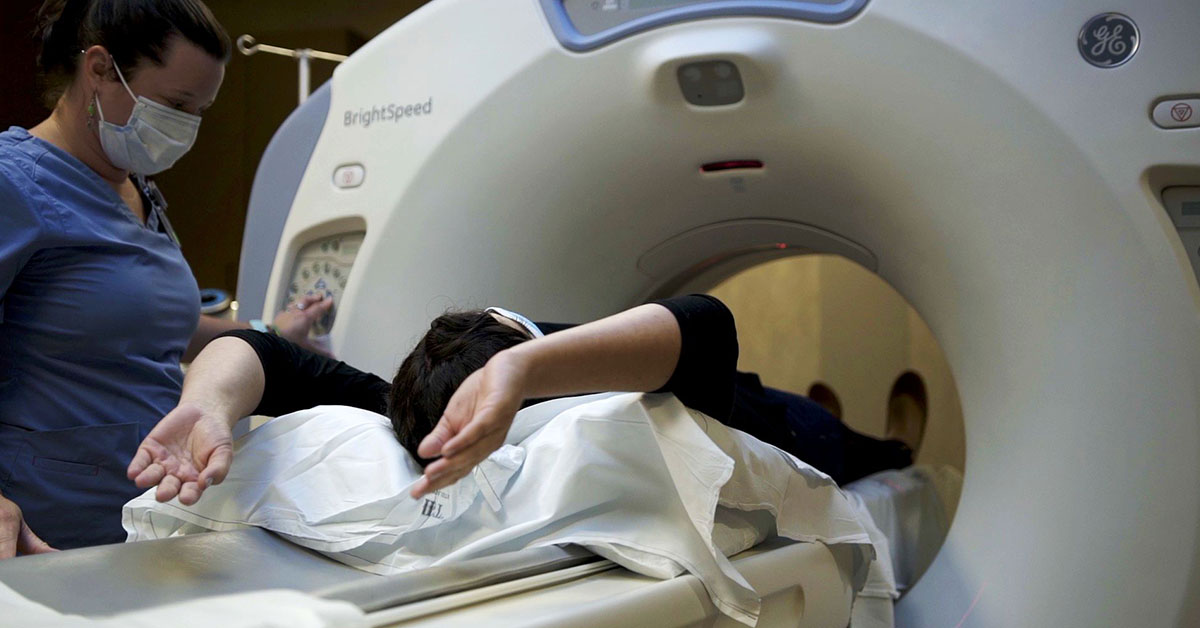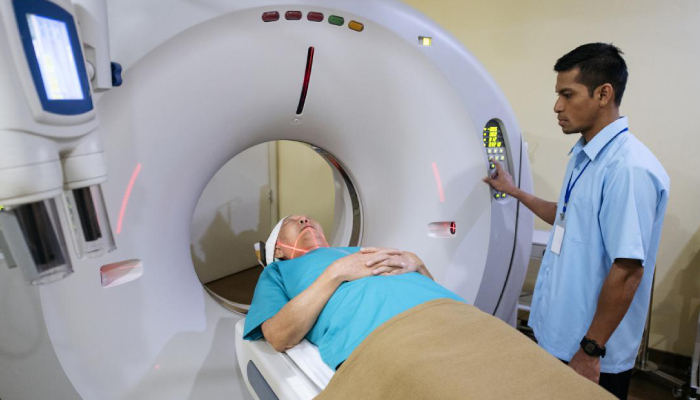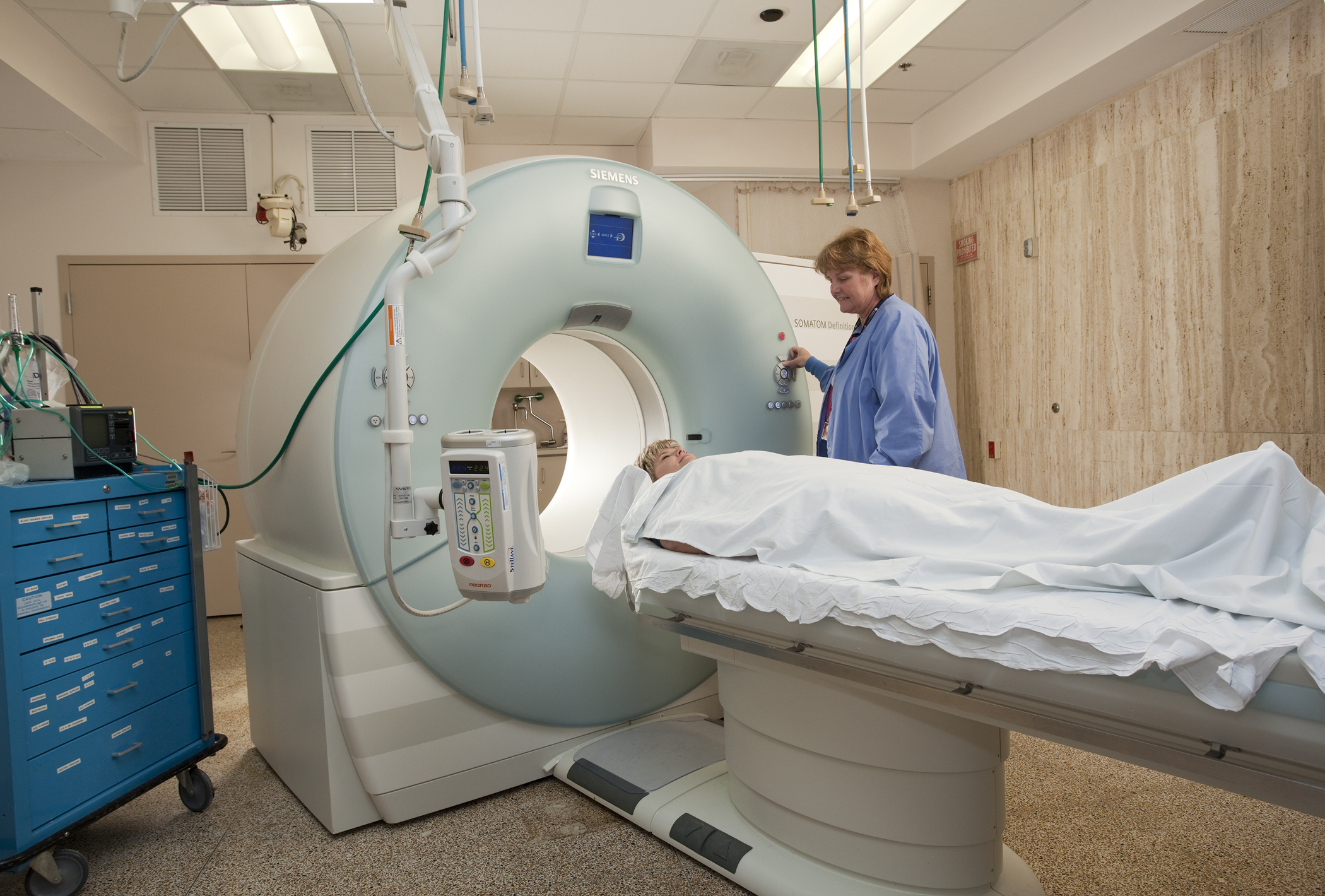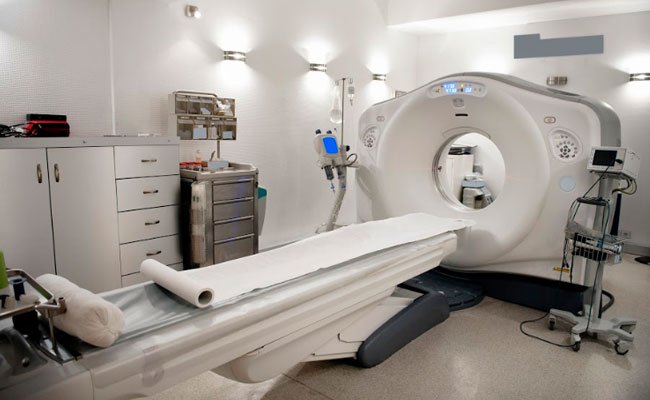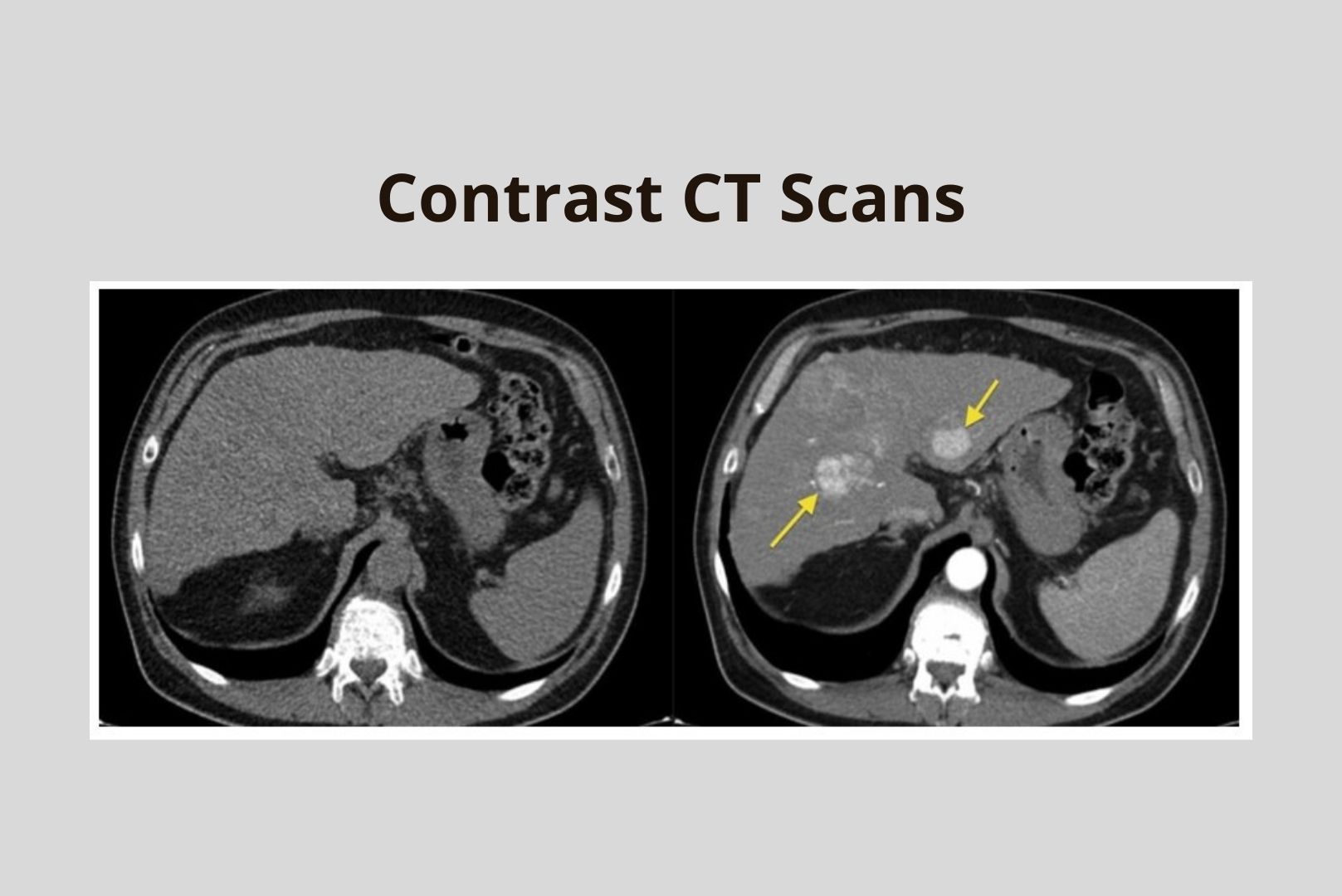A Patient Received Iv Contrast For A Diagnostic Ct Scan
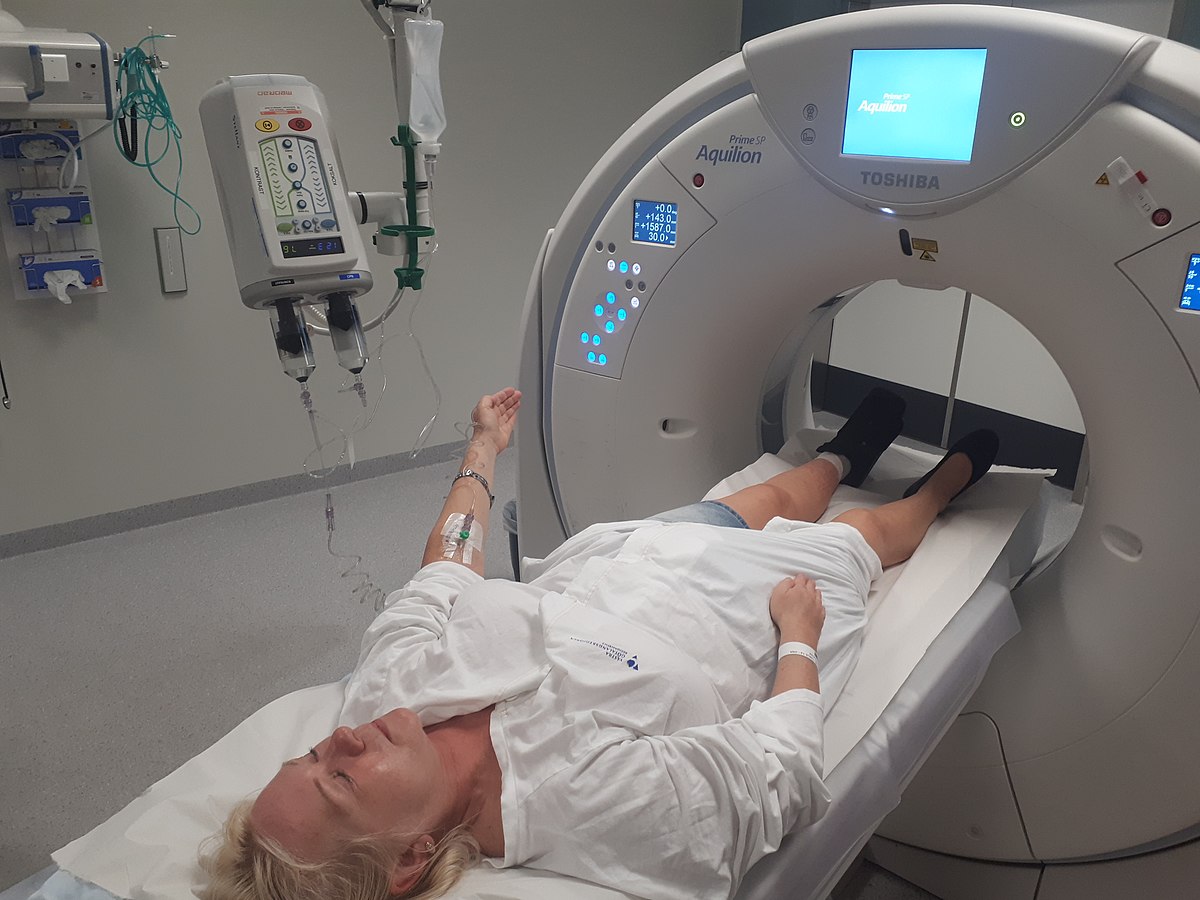
A routine diagnostic CT scan at St. Jude's Hospital took an unexpected turn last week when a patient received intravenous (IV) contrast, raising concerns about potential adverse reactions. The incident is currently under review by the hospital's patient safety committee.
This event highlights the stringent protocols surrounding the administration of contrast agents and the importance of adherence to those protocols to ensure patient safety. While contrast-enhanced CT scans are valuable diagnostic tools, they also carry inherent risks that must be carefully managed. The investigation aims to determine the precise sequence of events that led to the error and to implement measures to prevent future occurrences.
The patient, identified as Mr. Robert Miller, 62, was scheduled for a non-contrast CT scan of his abdomen on Tuesday, October 24th, at approximately 10:00 AM. According to hospital records, the imaging request specifically indicated "CT Abdomen, without contrast."
The Incident Unfolds
Upon arrival at the radiology department, Mr. Miller was prepped for the scan by a radiology technician. It is at this point, the preliminary investigation suggests, that a communication breakdown occurred. The technician, whose name is being withheld pending the internal investigation, mistakenly interpreted the order as requiring IV contrast.
Without verifying the order with the radiologist or referring physician, the technician proceeded to administer the iodinated contrast agent. Approximately 100 ml of Omnipaque 300 was injected intravenously before the error was realized.
The error was discovered when the radiologist, Dr. Emily Carter, reviewed the initial images and noted the presence of contrast enhancement. Dr. Carter immediately alerted the technician and the attending nurse, who then informed Mr. Miller about the situation.
Immediate Response and Patient Monitoring
Following the discovery of the error, Mr. Miller was closely monitored for any adverse reactions to the contrast agent. The hospital’s rapid response team was activated as a precautionary measure.
Mr. Miller reported feeling flushed and experiencing a mild headache, but exhibited no signs of a severe allergic reaction such as difficulty breathing or a drop in blood pressure. He was kept under observation for six hours, during which his vital signs were continuously monitored.
After being deemed stable, Mr. Miller was discharged later that evening with instructions to return immediately if he experienced any delayed reactions, such as skin rash, itching, or swelling.
Hospital Investigation and Protocol Review
St. Jude's Hospital has launched a comprehensive internal investigation into the incident. The investigation is being led by the hospital's patient safety officer, Ms. Sarah Johnson, and includes a review of all relevant protocols and procedures.
“We take this matter very seriously,” said a statement released by the hospital administration. “Our priority is the safety and well-being of our patients. We are committed to conducting a thorough investigation to determine the root cause of this error and to implement corrective actions to prevent similar incidents from occurring in the future.”
The investigation will focus on several key areas, including communication protocols between physicians, radiologists, and technicians; the verification process for imaging orders; and the training and competency of radiology staff.
Impact and Implications
While Mr. Miller fortunately did not suffer any serious harm, the incident raises important questions about patient safety in the radiology setting. Contrast-enhanced CT scans are associated with a small but significant risk of adverse reactions, ranging from mild to life-threatening.
These reactions can include allergic reactions, kidney damage (contrast-induced nephropathy), and, in rare cases, thyroid problems. Therefore, it is crucial that contrast agents are administered only when clinically indicated and after careful consideration of the risks and benefits.
This event serves as a reminder of the importance of vigilance and adherence to established protocols in all healthcare settings. The findings of the investigation at St. Jude's Hospital are expected to inform best practices and contribute to ongoing efforts to improve patient safety in radiology departments nationwide.
Looking Ahead
St. Jude's Hospital is committed to transparency and will share the findings of its investigation with relevant regulatory agencies and professional organizations. The hospital also plans to implement several immediate changes to its protocols.
These changes will include enhanced communication procedures, mandatory double-checks of imaging orders, and additional training for radiology staff on the proper administration of contrast agents.
The hospital has also reached out to Mr. Miller to apologize for the error and to offer ongoing support. Mr. Miller has expressed his appreciation for the hospital's prompt response and its commitment to improving patient safety.
"While I was concerned about the situation, I was reassured by the hospital's quick action and their dedication to ensuring my well-being," he said.
